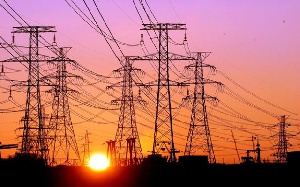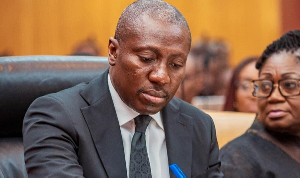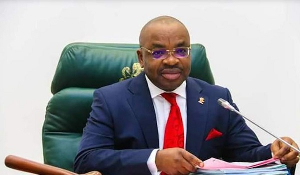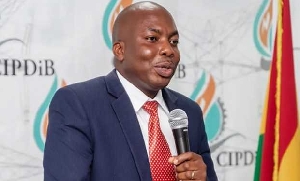While Ghanaians are expectantly waiting for March 15 to start enjoying reduced electricity bills, tariff submissions the Electricity Company of Ghana (ECG) has presented to the Public Utilities and Regulatory Commission (PURC) reveal that government will pay GH¢2.3 billion (GH¢2.364 billion) in 2018 for idle capacity.
This will cover the capacity charge for 780 megawatts of idle capacity, which translates into 6,287 Gigawatts hours (GWh) from power plants which the ECG has contracted on bilateral contract basis.
3 Idle capacity plants
According to ECG, the amount will be paid to three companies; namely, ASKA, Karpowership and CENIT, totalling 780MW.
These are contained in a PURC document titled ‘Draft 2018 major electricity and water review results and explanatory notes’.
Part capacity charge factored into new tariff
PURC sources explained that a percentage of the capacity charge has been factored into the new tariff.
Utilities to explore selling excess power to other countries
In addition, PURC charged the utilities to explore the possibility of selling the power from the excess capacity to neighbouring countries.
10-30% reduction in tariffs
The PURC reduced electricity tariffs, which, it said, would take effect from next Thursday, March 15, 2018, and is expected to be reviewed again in 2019.
The percentage reduction for residential customers is 17.5 percent, with that of non-residential customers at 30 percent.
That of Special Load Tariff Customers (LV, MV & HV) is 25 percent, with the mines getting a 10 percent reduction.
“The review process resulted in reductions in key utility cost. The reductions, which are based on PURC’s 2015 Gazetted Electricity Tariffs, are only on the energy charges and range from 10% to 30%. Maximum Demand and Service Charges remain the same as that of the 2015 gazetted tariffs,” a statement from PURC said.
Macroeconomic issues
It captured the market-driven and macroeconomic issues like price of crude oil, heavy fuel oil, distillate fuel oil, price of natural gas (from indigenous market and from WAPCo), Ghana cedi – US dollar exchange rate and inflation.
31.5% growth in customer population
Further, it said that the basis for the reduction were the “removal of 5% PURC Benchmark Provision for Uncollectible, which over the years has been allowed as part of the overall revenue requirements for the distribution utilities, and also a 31.5% growth in customer population from 3,575,733 in 2015 to 4,702,735, which would have an adverse effect on cost of production.
The PURC said it also took into consideration the impending Private Sector Participation (PSP) concession within the Electricity Distribution Sector.
Extensive consultations
The commission said the decision was arrived at after extensive consultations with stakeholders in the sector, as well as detailed analysis of proposals tendered in by companies in the power distribution chain.
“The PURC, after extensive stakeholders’ consultations, detailed technical analysis of utility tariff proposals and consideration of inputs and concerns of consumers, has approved tariff reductions for various electricity consumer categories, effective 15th March, 2018,” the statement said.
No cut in water tariff
The commission, however, failed to reduce water tariffs.
“Review of water tariffs requires further consultations, and the commission is unable to announce a decision at this time. Water tariffs, therefore, remain the same and a decision will be taken in the coming weeks,” the statement said.
The commission received tariff proposals from the utility service providers in the electricity sectors; namely, Ghana Grid Company Limited (GRIDCo), Electricity Company of Ghana (ECG), Northern Electricity Distribution Company (NEDCo), Enclave Power Company Limited (EPCL), and the Ghana Water Company Limited (GWCL).
Business News of Thursday, 8 March 2018
Source: thefinderonline.com

















